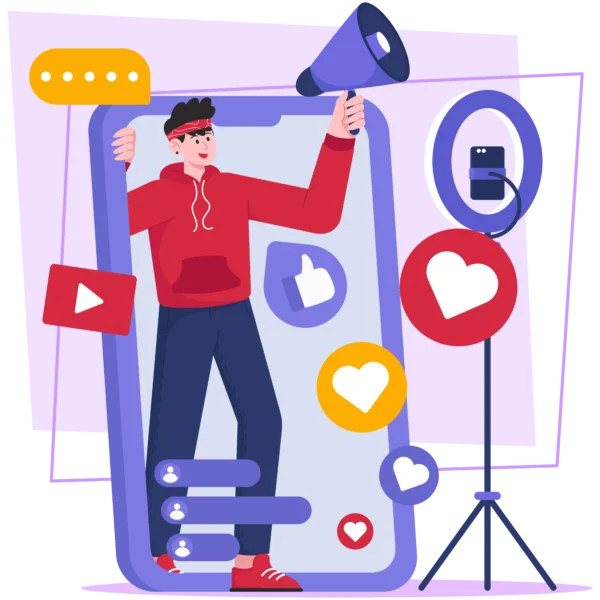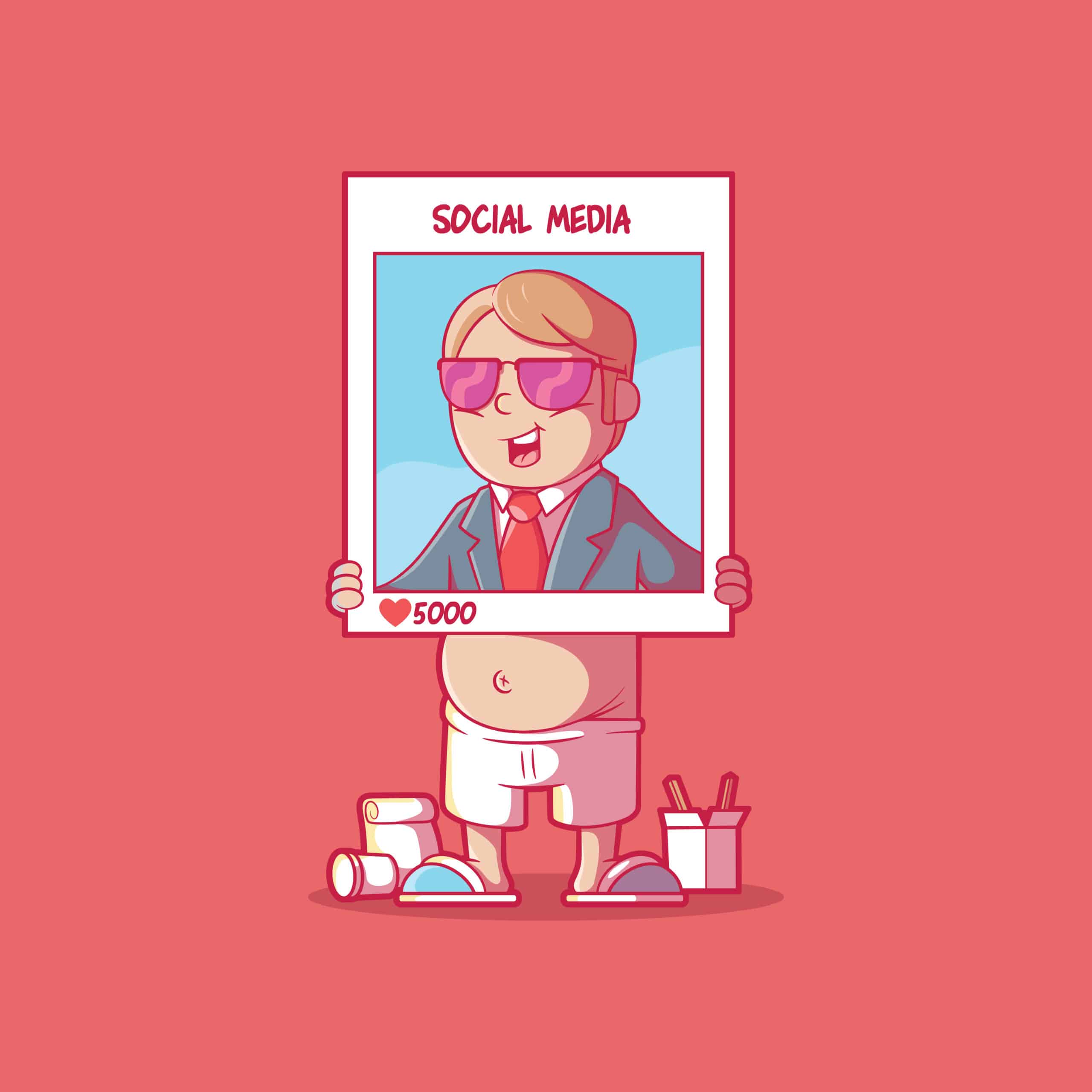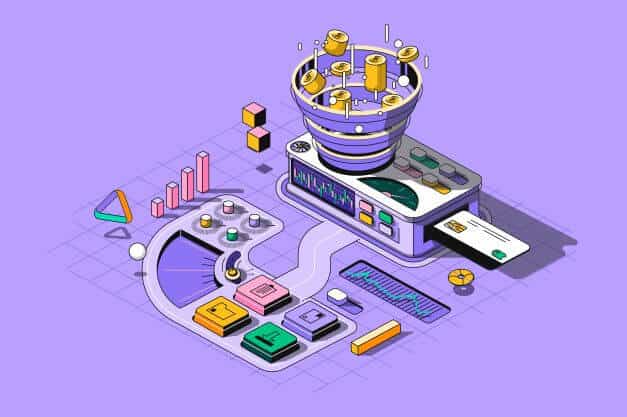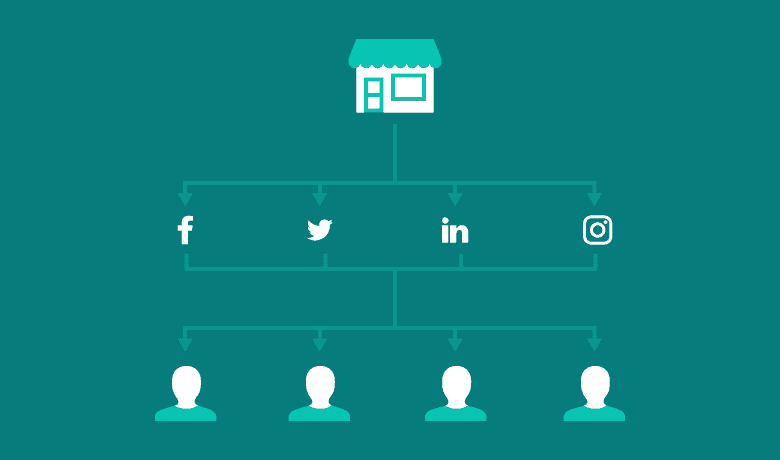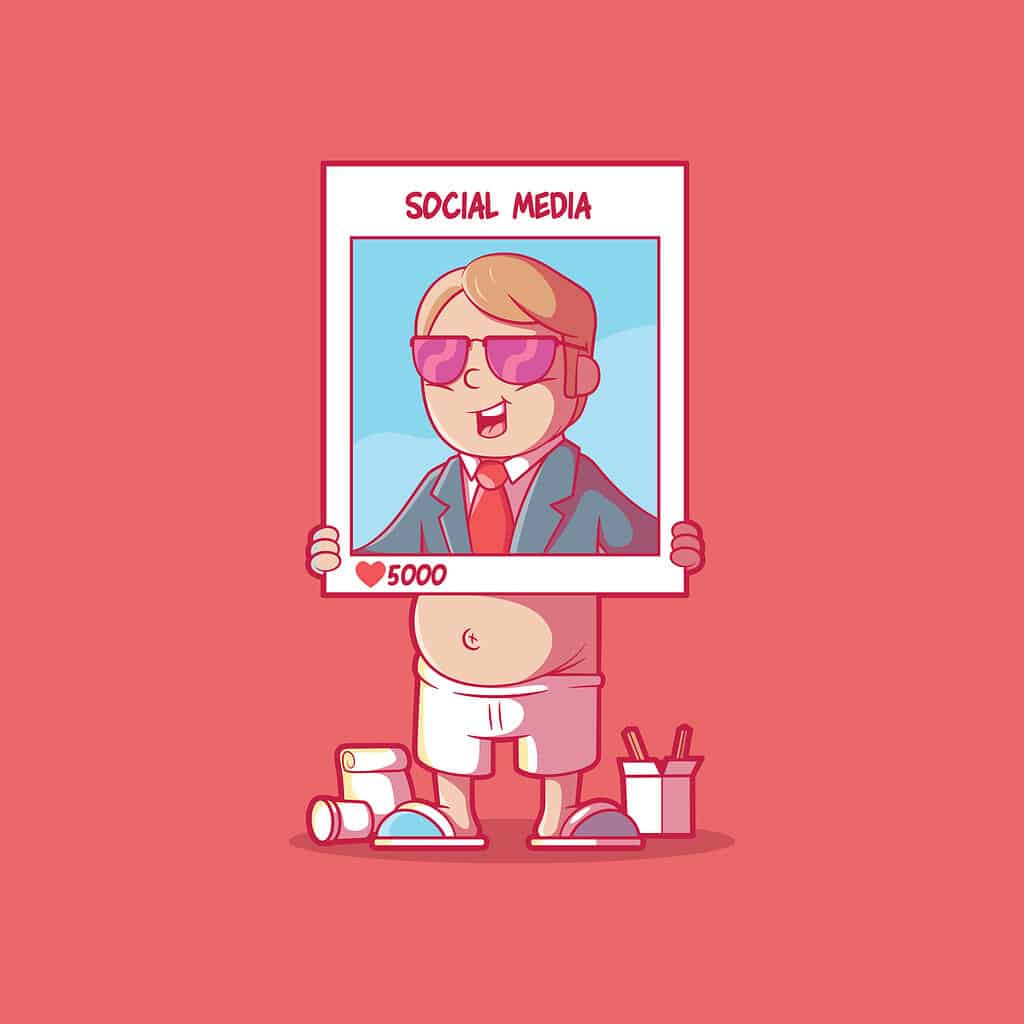The growing trend of infographics and powerful visuals is far from a mere coincidence. With the constant overflow of data and information, readers are drawn to content that offers a visual break and effortless consumption. These infographics, or visually represented information, facilitate an understanding that traditional, text-based content often fails to deliver. From complex processes to statistical revelations, infographics provide an innovative way to tell a story, express an idea or explain trends in a visually compelling manner.
The combination of compelling images, minimal text, and valuable insights caters to our brain’s affinity for visuals and leads to higher engagement and comprehension levels. As such, infographics have emerged as one of the most effective strategies in the content marketing world.
Delving into the Psychology Behind Infographics
Human beings are naturally visual creatures, with studies showing that approximately 65% of us are visual learners. This fact underscores the potency of infographics, which tap into our propensity to process information visually. Infographics can condense intricate information into easy-to-understand graphics that not only pique interest but also aid memory retention. For brands, this means an opportunity to communicate complex messages or data in a memorable way, further strengthening their relationship with their audience.
Finding the Perfect Data for Your Infographic
While infographics are indeed powerful, their success depends on the selection of data. The chosen data should not only align with your message but also prove intriguing for your audience. Ensuring that you pull data from credible and current sources is also vital to maintain the integrity of your information. Your audience trusts you for accurate, relevant content; meeting their expectations strengthens your relationship and your brand’s reputation.
Infographic Design: Best Practices for Powerful Visuals
While the content in an infographic is vital, the design can make or break its effectiveness. A well-designed infographic maintains a balance between visual elements and text, ensuring neither overwhelms the other. It adheres to the principles of simplicity, consistency, and balance to ensure clarity and appeal of your visuals. Moreover, the successful integration of color theory, typography, and data visualization techniques can enhance the infographic’s effectiveness and readability.
Harnessing the Power of Infographic Tools
Creating infographics doesn’t have to be a strenuous process, and you don’t need to be a designer to make one. Numerous tools available today, such as Canva, Piktochart, and Venngage, offer pre-made templates that you can easily customize to suit your brand’s aesthetic and the message you want to communicate with visuals. These platforms have made infographic creation accessible to everyone, regardless of their design skills.
Optimizing Your Infographics for SEO
Infographics can also enhance your SEO efforts. By adding appropriate alt text, meta descriptions, and keywords, you can make your infographic discoverable to search engines. Furthermore, crafting engaging titles and descriptions for your infographics can increase their shareability on social media platforms, expanding their reach and potential for backlinks.
Promoting Your Infographics for Maximum Impact
Creating an excellent infographic isn’t enough; you must effectively distribute it. Sharing your infographic on different channels, like your blog, social media platforms, and email newsletters, can increase its visibility and effectiveness. Infographics can also be a powerful tool for earning backlinks, an essential aspect of SEO, by providing valuable information that others want to share.
In conclusion, well-designed infographics have a significant impact on content marketing. They not only simplify complex information but also increase audience engagement. As we continue to explore the digital landscape, infographics will undoubtedly remain a critical tool for effective information dissemination. So, why not harness the power of infographics and visuals in your next content marketing campaign?



